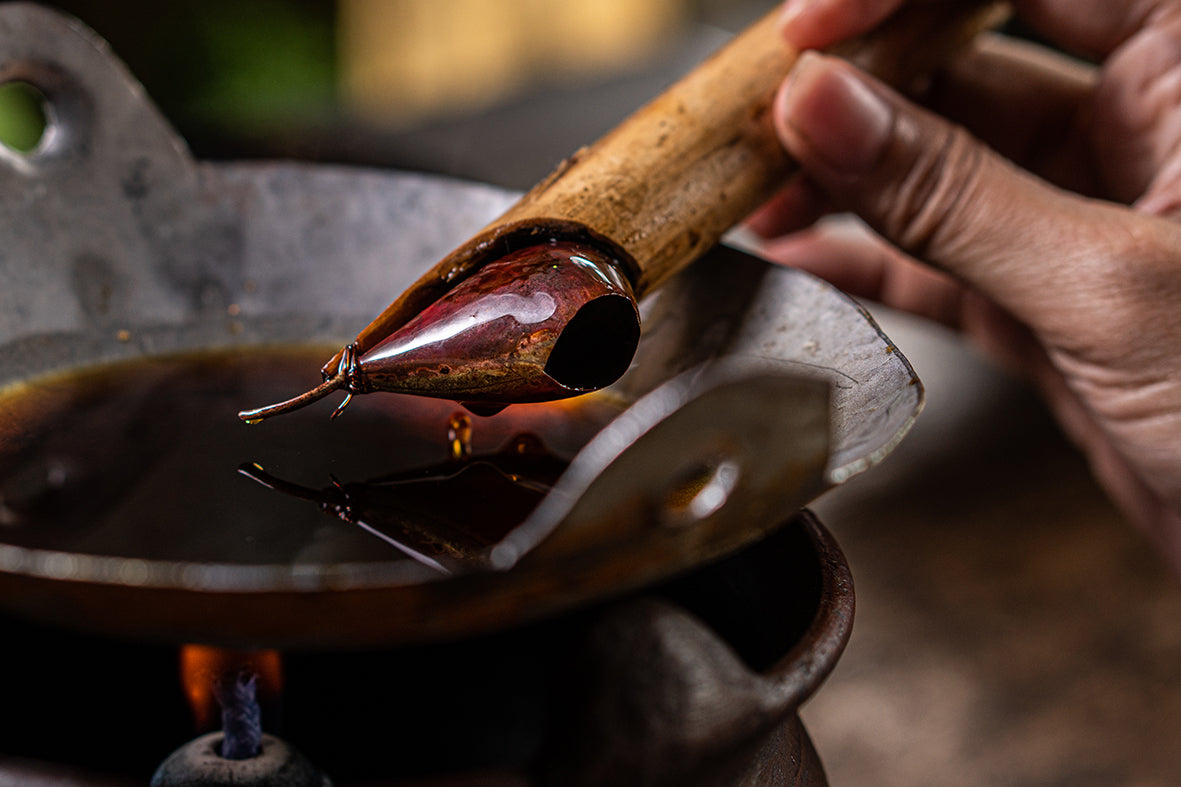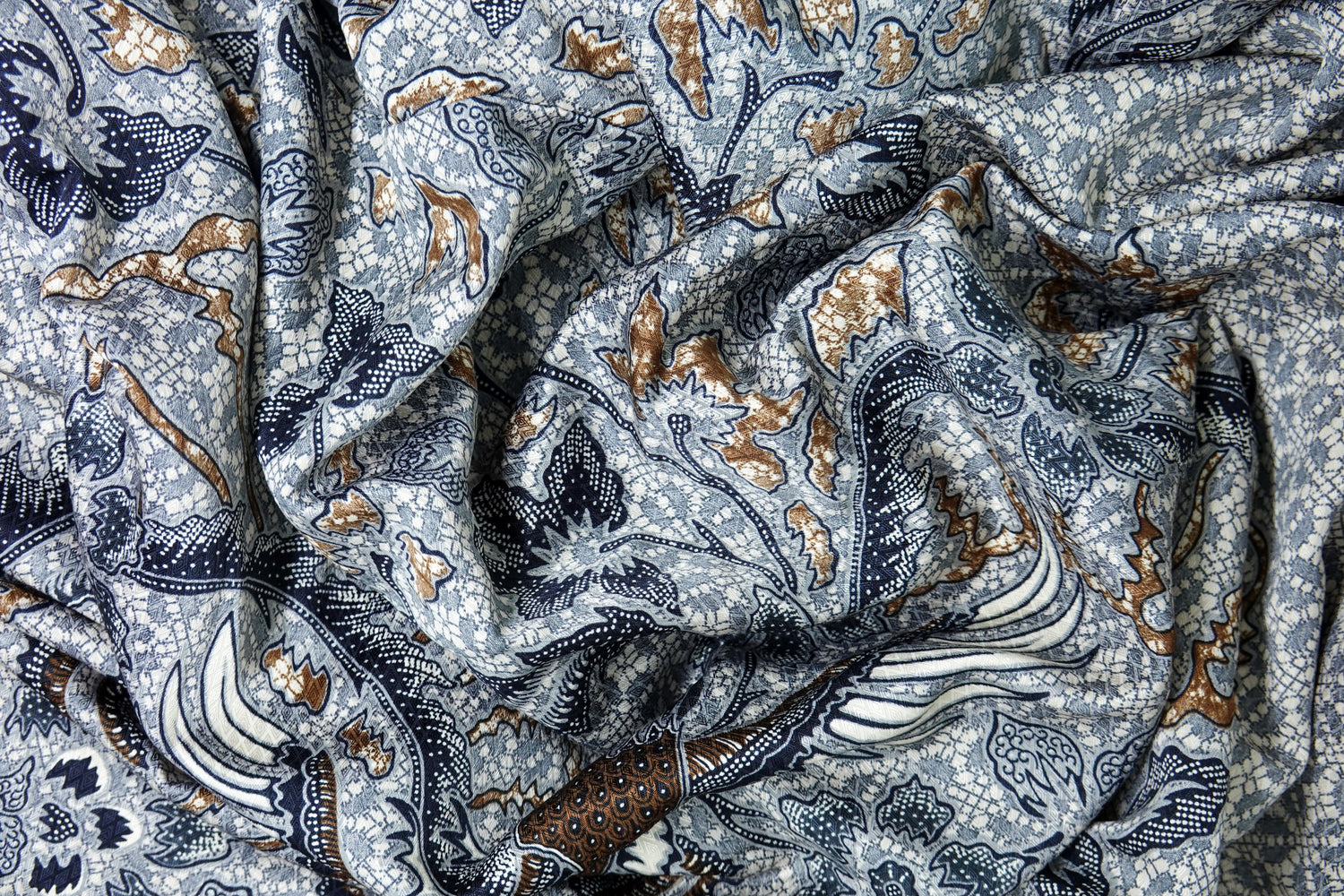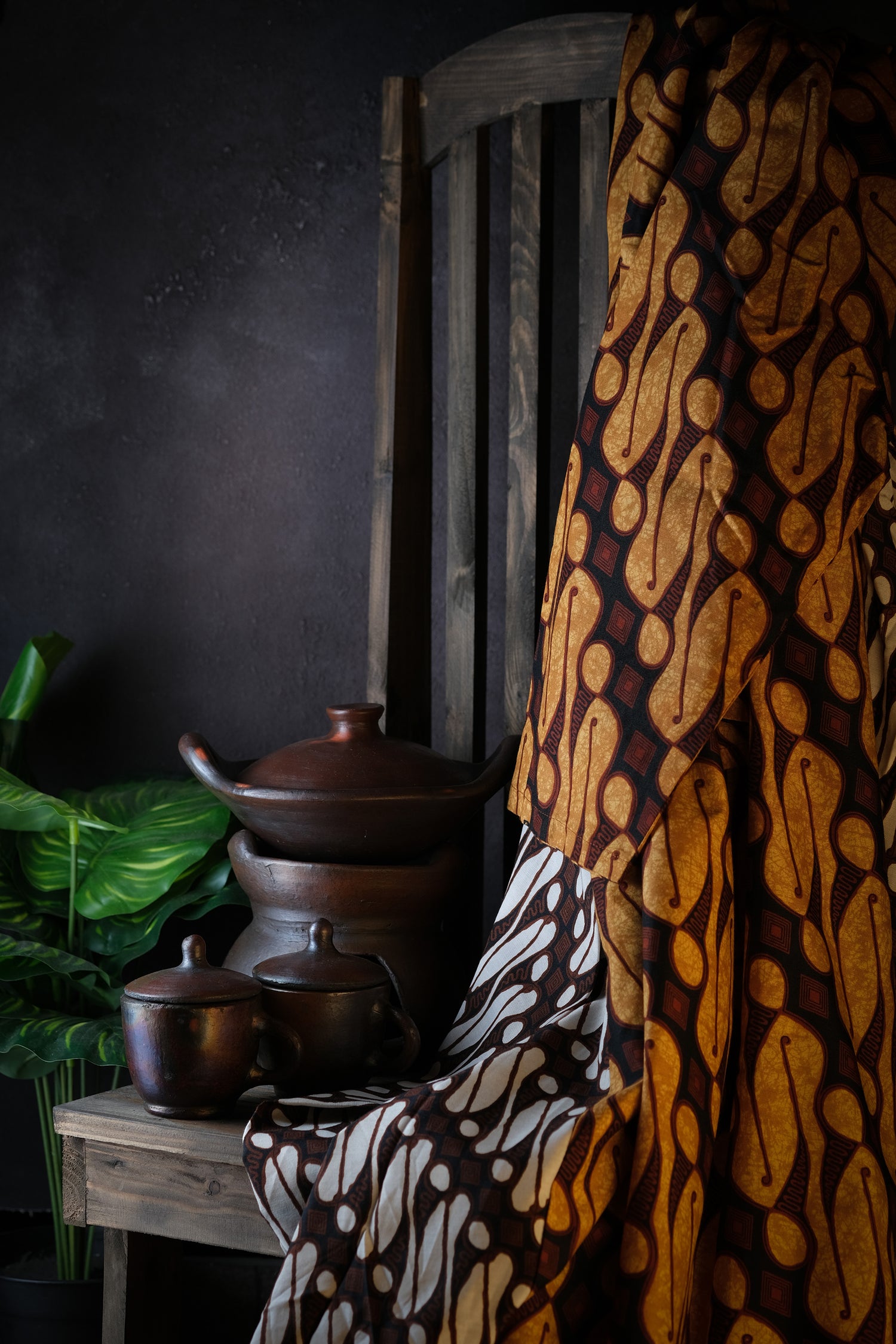
Unveil the Rich Batik Heritage
In OCO Atelier, the collection embrace batik motifs with a contemporary twist, capturing the essence of traditional heritage in a modern context.

Batik's history is as rich and vibrant as the fabric itself. It is an ancient textile art that involves using wax-resist dyeing methods to create intricate patterns on fabric. The word "batik" is believed to come from the Javanese word "amba" (to write) and "titik" (dot), highlighting its traditional technique of dotting wax on cloth.
Historically, batik was worn as a symbol of status and played a role in ceremonial and cultural events. Different regions developed their own unique styles and motifs, often influenced by local traditions, beliefs, and cultural practices. The intricate designs often held symbolic meanings, representing aspects of nature, mythology, or spiritual beliefs.

